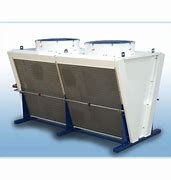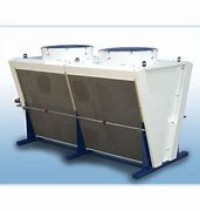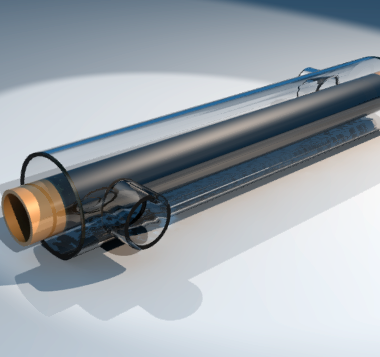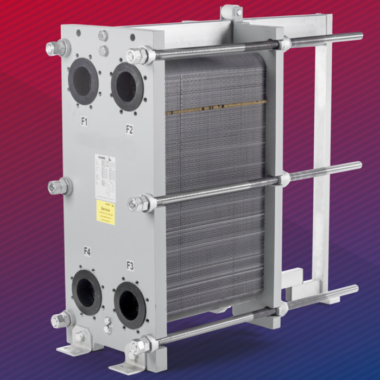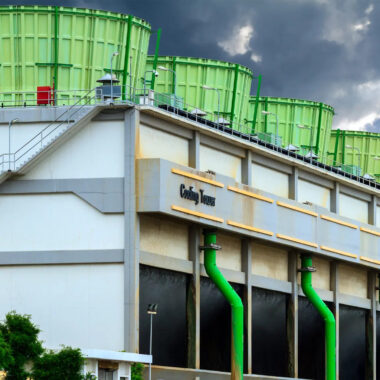Advancements in Dry Cooling Tower Technology
Advancements in Dry Cooling Tower Technology
Dry cooling towers have experienced critical advancements in later years, driven by the require for more proficient and sustainable cooling arrangements in different businesses. Here are a few of the key headways forming the advancements in dry cooling tower technology:
1. Improved Heat Transfer Surfaces:
- Producers are creating progressed heat transfer surfaces with optimized geometries and coatings to move forward heat transfer effectiveness in dry cooling towers.
- Developments such as upgraded tube designs, expanded surface regions, and hydrophobic coatings minimize fouling and upgrade thermal performance, coming about in higher efficiency and lower operating costs.
2. Hybrid Cooling Systems:
- Hybrid cooling systems combine dry cooling towers with other cooling innovations, such as adiabatic cooling or water-based cooling, to realize optimal execution beneath varying ambient conditions.
- By joining multiple cooling strategies, hybrid systems can adjust to fluctuating natural conditions, maximize energy reserve funds, and guarantee reliable operation in all seasons.
3. Airflow Management and Control:
- Advanced airflow administration systems, counting variable-speed fans, louvers, and dampers, optimize airflow distribution and control in dry cooling towers.
- Real-time observing and predictive analytics enable exact control of fan speeds and airflow rates, maximizing cooling effectiveness whereas minimizing energy utilization.
4. Modular and Compact Designs:
- Producers are creating measured and compact dry cooling tower plans to reduce impression and installation costs, especially in space-constrained situations.
- Prefabricated components and measured development techniques facilitate quick arrangement and scalability, permitting for easy expansion or retrofitting of existing cooling systems.
5. Sustainable Materials and Construction:
- The utilize of sustainable materials, such as fiberglass strengthened plastics (FRP), and eco-friendly development practices reduce environmental affect and enhance durability in dry cooling tower systems.
- Recycling and repurposing of materials, coupled with energy-efficient manufacturing forms, contribute to the overall supportability of dry cooling tower technology.
6. Smart Control and Automation:
- Integration of smart control systems and automation innovations empowers remote observing, predictive maintenance, and optimization of dry cooling tower operations.
- Artificial intelligence (AI) calculations and machine learning algorithms analyze information from sensors and actuators to optimize cooling execution, detect anomalies, and proactively address potential issues.
These advancements in dry cooling tower innovation are driving greater effectiveness, reliability, and maintainability in cooling applications over businesses, from power generation and petrochemicals to information centers and HVAC systems. As inquire about and development proceed to push the boundaries of development, the future holds indeed more promising headways in dry cooling technology.
